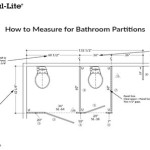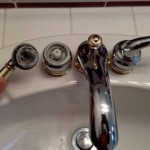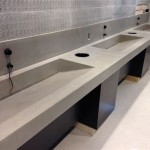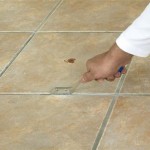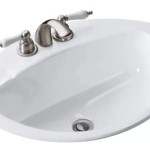What To Do If There Is No Exhaust Fan In Your Bathroom
A bathroom exhaust fan is an essential component for maintaining a healthy and comfortable home environment. It effectively removes moisture, odors, and pollutants from the air, preventing issues like mold growth, mildew, and respiratory problems. However, some homes may lack this crucial appliance. If you find yourself without an exhaust fan in your bathroom, it is important to take steps to mitigate the potential risks and improve air quality.
1. Increase Ventilation Through Natural Means
The absence of an exhaust fan does not necessarily mean that your bathroom is devoid of ventilation. There are several natural methods to improve airflow and reduce moisture buildup:
- Open a Window: Opening a window, even slightly, will create a path for air to flow in and out of the bathroom. This simple act can significantly reduce humidity levels. Consider using a window fan for increased air circulation.
- Install a Vent Above the Shower: If you have a shower stall or bathtub, install a vent above it, which allows steam to escape directly to the outside. This is especially effective for reducing moisture buildup during showers.
- Leave the Door Open: Leaving the bathroom door ajar after showering or bathing allows moist air to disperse into other areas of the house, lessening the concentration of humidity in the bathroom itself.
2. Implement Moisture Control Strategies
Aside from ventilation, proactive moisture control is crucial in a bathroom without an exhaust fan. These measures can help prevent excessive humidity and the associated problems:
- Minimize Steam Generation: While showering or bathing, try to reduce the duration and temperature of the water. Quick, cool showers produce less steam, thus minimizing moisture buildup.
- Wipe Down Surfaces: After showering or bathing, immediately wipe down mirrors and other surfaces with a towel to remove condensation. This prevents water droplets from accumulating and contributing to humidity.
- Use a Dehumidifier: A dehumidifier can be an effective tool for removing excess moisture from the air. Consider purchasing a small dehumidifier specifically for your bathroom and running it after showering or bathing.
3. Address Potential Problems
Living without an exhaust fan in your bathroom requires vigilance in addressing potential issues that can arise due to the lack of proper ventilation:
- Mold and Mildew Inspection: Regularly check for signs of mold and mildew growth in your bathroom. These can appear as black spots, discoloration, or a musty odor. If you find any indication of mold, contact a professional for remediation.
- Regular Maintenance: Regularly inspect and clean your bathroom plumbing fixtures, such as the showerhead and faucets, to prevent leaks and water damage. Leaks can add to the humidity in your bathroom.
While it is ideal to have an exhaust fan in your bathroom, implementing these strategies can mitigate the risks associated with its absence. Through proper ventilation, moisture control, and preventative measures, you can maintain a healthy and comfortable environment for your bathroom.

No Exhaust Fan In The Bathroom Here Are Alternatives Decorrect

No Exhaust Fan In The Bathroom Here Are Alternatives Decorrect

No Exhaust Fan In The Bathroom Here Are Alternatives Decorrect

How To Vent A Bathroom With No Outside Access

Does Your Bathroom Need An Exhaust Fan Mr Rooter

No Exhaust Fan In The Bathroom Here Are Alternatives Decorrect

Dehumidifying A Bathroom Without Fan Diy Guide Hunker

No Vent How To Keep An Older Bathroom Dry

10 Things To Do For A Bathroom Without An Exhaust Fan

4 Simple Ways To Vent A Bathroom With No Outside Access Wikihow
Related Posts
